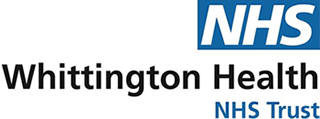Echocardiogram

A recorder (probe) is placed on your chest and a pulse of high-frequency sound is passed through the skin of your chest. Lubricating jelly is rubbed on your chest first, to help make a good contact with the probe. The probe then picks up the echoes reflected from various parts of the heart and shows them as an echocardiogram – a picture on a screen. You can see different parts of the heart as the probe is moved around on your chest. The test can take up to 30 minutes.
The echocardiogram can give accurate information about the pumping action of the heart, and about the structure of the heart and its valves. It is a useful test if you have recently had a heart attack or if you have heart failure. It is also used routinely to assess people with valvular heart disease (disease of the heart valves).
The echocardiogram can give accurate information about the pumping action of the heart, and about the structure of the heart and its valves. It is a useful test if you have recently had a heart attack or if you have heart failure. It is also used routinely to assess people with valvular heart disease (disease of the heart valves).

